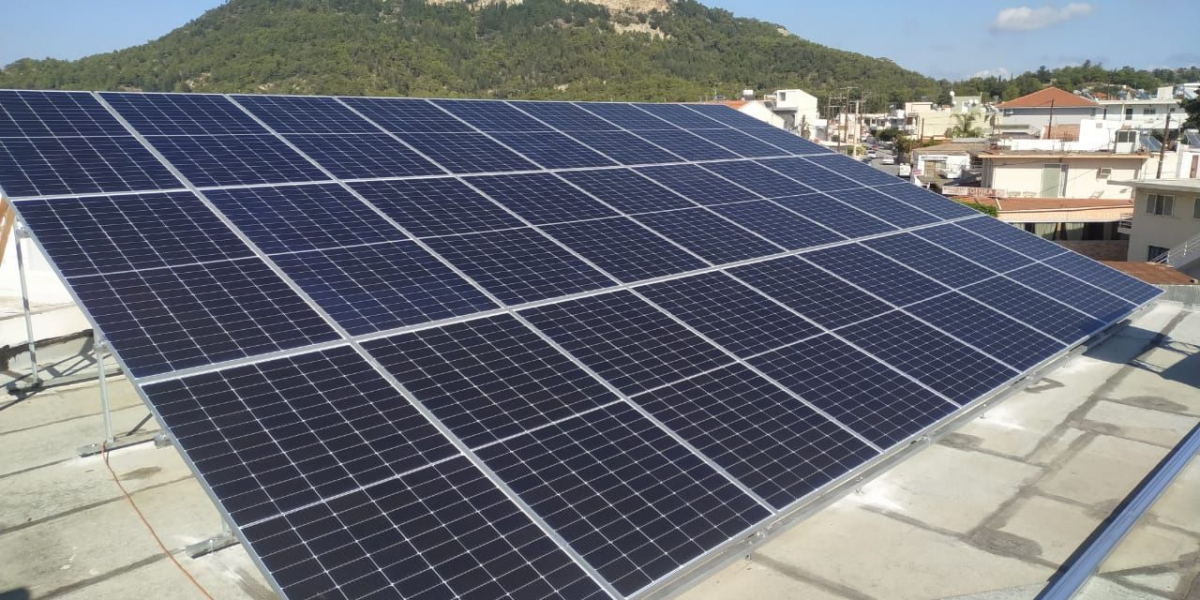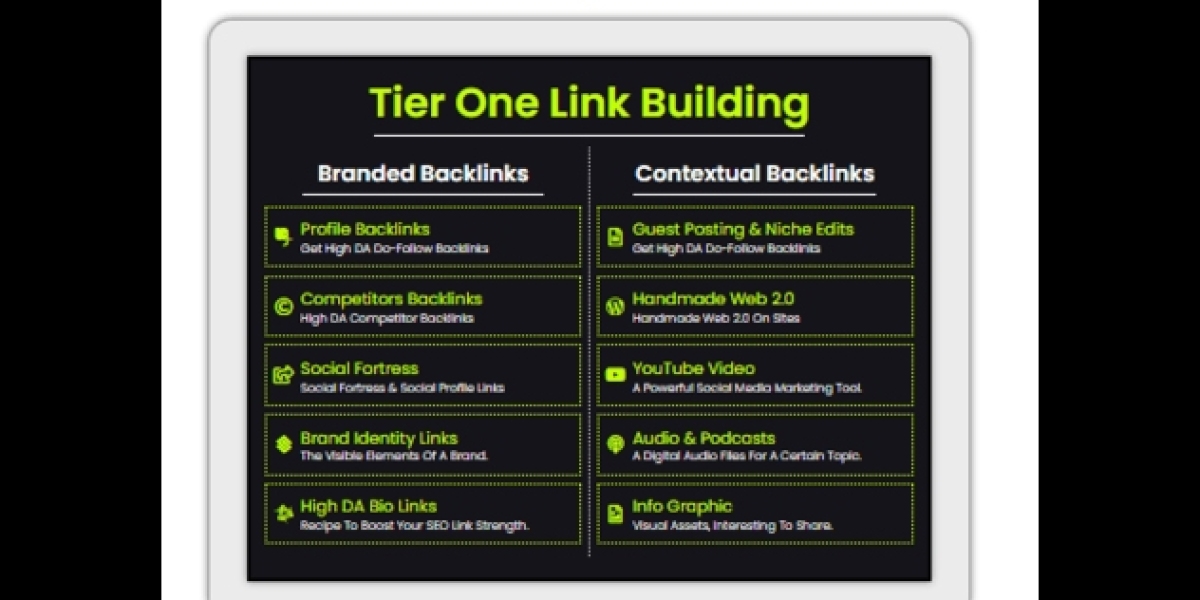In recent years, the solar energy industry has seen rapid innovation and the introduction of advanced technologies that make solar panels more efficient, durable, and cost-effective. Among these technologies, monofacial half-cut cell technology has gained notable attention and adoption in both residential and commercial solar projects. This article delves into the reasons why monofacial half-cut technology is becoming increasingly popular, analyzing its benefits, efficiency, and role in the growing solar energy sector.
Introduction to Monofacial Half-Cut Technology
Monofacial half-cut technology involves cutting traditional solar cells in half, which reduces resistive losses and improves the overall efficiency of a solar panel. Unlike bifacial panels that collect sunlight from both sides, monofacial half cut solar panels absorb light from only one side. However, combining half-cut cells with monofacial technology enhances energy production while maintaining the simplicity and durability of a standard monofacial panel.
The benefits of monofacial half-cut technology stem from its unique structure, which not only improves energy yield but also offers resilience and durability advantages that make it appealing for a wide range of applications. As solar energy solutions expand globally, this technology is becoming a preferred choice for many due to its balance of cost-efficiency, power output, and longevity.
1. Enhanced Efficiency and Reduced Resistive Losses
The core benefit of monofacial half-cut technology lies in its enhanced efficiency. Traditional full-size cells are more prone to resistive losses, which occur as electricity moves through the cell and connectors. By splitting the cells in half, monofacial half-cut technology effectively reduces these losses because each half-cell generates only half the current, leading to less resistance within the cell.
Key benefits related to efficiency include:
- Reduced Internal Resistance: Half-cut cells carry less current, which means lower resistive losses. This translates to a 2-3% boost in efficiency compared to full-size cells.
- Improved Performance in Shaded Conditions: Because half-cut cells are wired in a layout that minimizes the impact of shading on power output, panels can continue to produce electricity even if part of the panel is shaded. This is particularly beneficial in locations with variable sunlight or obstacles like trees or chimneys.
- Higher Power Output: As a result of these efficiency improvements, monofacial half-cut panels can achieve a higher power output than traditional full-cell monofacial panels, offering better energy yields for users over time.
2. Increased Durability and Reduced Risk of Hot Spots
Half-cut technology also contributes to the durability of solar panels, reducing the likelihood of hot spots—localized areas of overheating caused by high resistance—which can lead to panel degradation or even failure. This reduction in hot spots is achieved through the smaller current in each half-cell, which distributes heat more evenly across the panel.
- Lower Heat Generation: With reduced current flowing through each cell, half-cut technology minimizes the build-up of heat, extending the life of the panel and improving reliability.
- Improved Tolerance to Micro-Cracks: Half-cut cells are generally more resistant to micro-cracks, a common cause of power loss in solar cells. As a result, solar panels with half-cut technology offer greater longevity, as they can maintain high performance even after minor damage.
- Enhanced Resilience in Extreme Weather Conditions: The enhanced durability of monofacial half-cut panels makes them a solid choice for installations in extreme climates, where conventional panels may suffer more wear and tear. Their resilience to wind, heavy snow loads, and impact from small debris adds to their appeal for customers seeking long-term solutions.
3. Cost-Effectiveness and Improved Return on Investment (ROI)
One of the most attractive features of monofacial half-cut technology is its cost-effectiveness. Although monofacial half-cut panels may have a slightly higher initial cost than traditional full-cell panels, their increased efficiency and durability lead to better returns on investment over time.
- Lower Maintenance Costs: The reduced likelihood of hot spots and micro-cracks results in fewer maintenance requirements, reducing costs for owners and extending the panel's useful life.
- Higher Energy Production per Square Meter: For customers with limited space, such as rooftops, the ability to produce more power per square meter is crucial. Monofacial half-cut panels deliver this by maximizing energy production within a smaller footprint.
- Reduced Balance of System (BoS) Costs: Because these panels generate more energy, fewer panels may be needed to meet energy goals, which lowers the overall cost of the system in terms of supporting components like racking, wiring, and inverters.
The combination of these cost-saving factors makes monofacial half-cut technology an economically viable choice for both residential and commercial installations.
4. Compatibility with Existing Infrastructure and Ease of Installation
Monofacial half-cut panels are compatible with standard installation systems, which makes them easy to integrate into a wide range of solar energy projects without the need for specialized equipment. This compatibility also benefits installers, as it reduces the time and complexity involved in setting up a solar array.
- Ease of Integration: Unlike bifacial panels that may require specialized mounting structures to maximize energy capture on both sides, monofacial half-cut panels can be easily integrated into existing setups without needing complex modifications.
- Minimal Adjustments for Performance Gains: The design of monofacial half-cut panels allows users to experience performance gains without the need for substantial changes to their current system layout or orientation.
- Reduced Installation Costs: By simplifying the installation process, monofacial half-cut technology helps reduce labor and installation costs, making solar energy solutions more accessible and affordable.
5. Environmental Impact and Sustainability
As the world moves toward greener energy solutions, monofacial half-cut technology also contributes to sustainability in the solar industry. Its high efficiency and durability lead to a more sustainable lifecycle, from manufacturing to end-of-life.
- Longer Panel Lifespan: By extending the useful life of panels, monofacial half-cut technology reduces waste, as fewer panels need to be replaced over time.
- Lower Carbon Footprint: With increased energy output per panel, fewer resources are required to produce the same amount of energy, reducing the overall carbon footprint associated with manufacturing, transporting, and installing panels.
- Reduced Demand for Land Use: Higher efficiency in energy generation means that fewer panels are required to meet energy needs, reducing the demand for land use in solar farms and minimizing the environmental impact on landscapes.
Future Prospects and Market Adoption
The demand for monofacial half-cut technology is expected to continue rising as more solar panel manufacturers incorporate this design into their product lines. This growth is supported by the increasing focus on improving solar technology efficiency while reducing costs. Governments and regulatory bodies around the world are also incentivizing renewable energy adoption, which drives further investment in technologies like monofacial half-cut panels.
Moreover, advancements in photovoltaic materials and production techniques are likely to make monofacial half-cut technology even more accessible and affordable. Research in reducing manufacturing costs while enhancing the efficiency and durability of these panels is ongoing, and this could soon make half-cut technology the industry standard for monofacial panels.
Conclusion
Monofacial half-cut technology has emerged as a game-changing solution in the solar energy sector, offering an ideal combination of efficiency, durability, and cost-effectiveness. By reducing resistive losses, enhancing durability, and maximizing energy output, this technology provides clear advantages over traditional monofacial designs. Its ease of installation, compatibility with existing systems, and environmentally sustainable features further add to its appeal.
For solar panel manufacturers, monofacial half-cut technology represents a promising avenue for innovation and market growth. As more manufacturers embrace this technology, consumers are likely to benefit from even greater options and performance in their solar energy solutions. As the solar energy industry continues to grow, monofacial half-cut technology stands out as a solution that meets the needs of today’s eco-conscious consumers and investors alike, making it a critical part of the future of renewable energy.









